Yellow Jack!
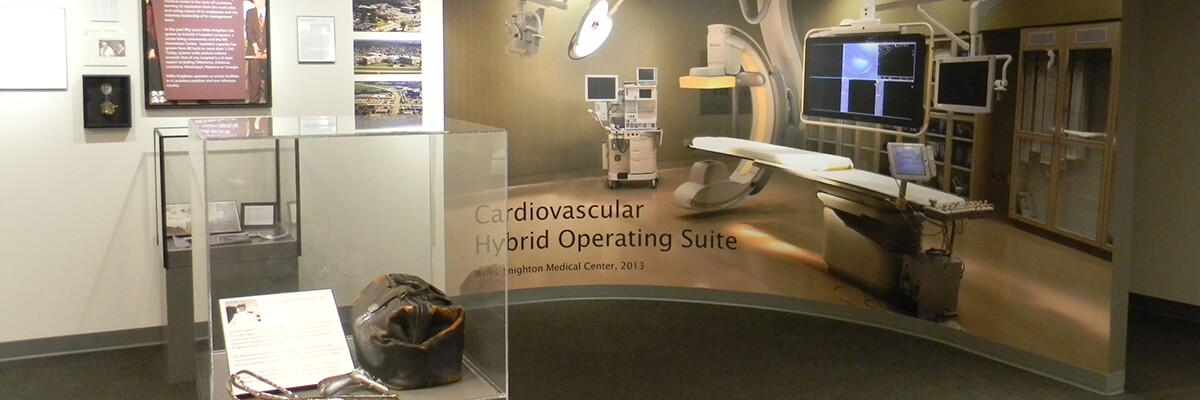
Yellow Jack!
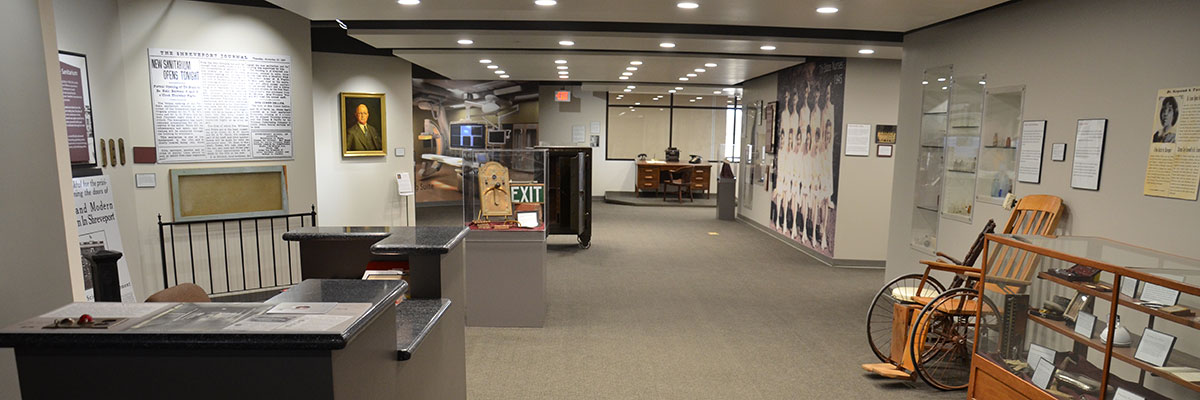
Yellow Jack!
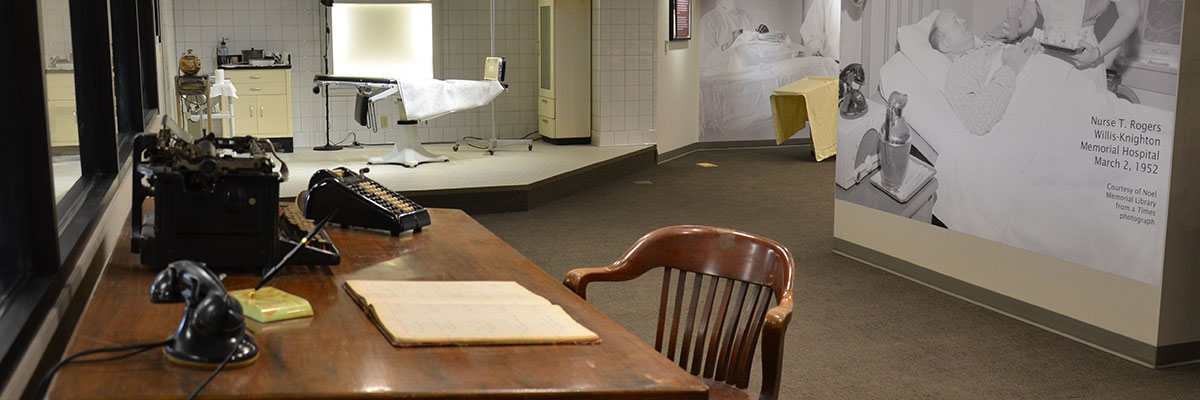
Yellow Jack!
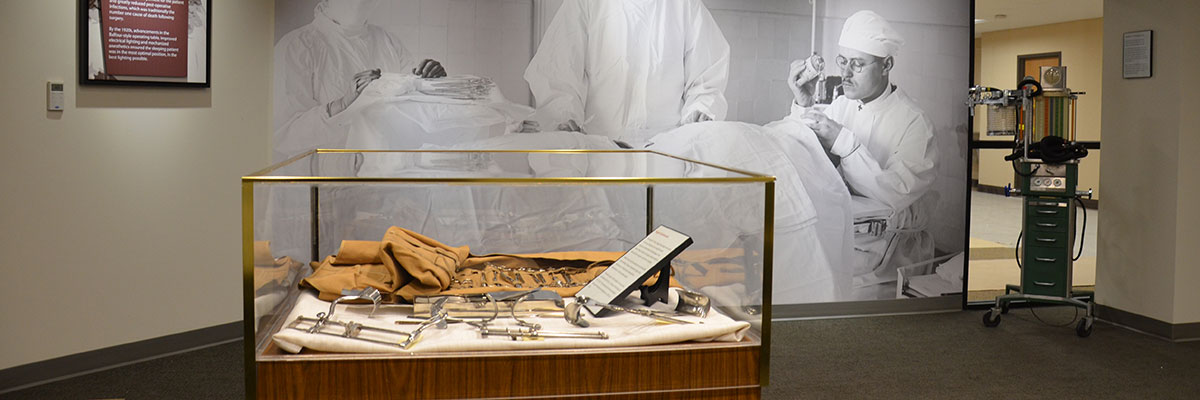
Yellow Jack!
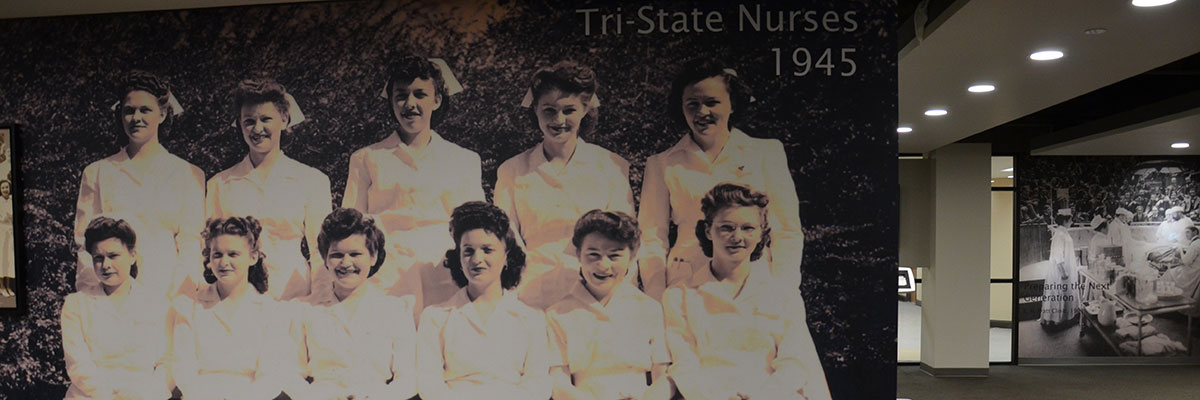
Yellow Jack!
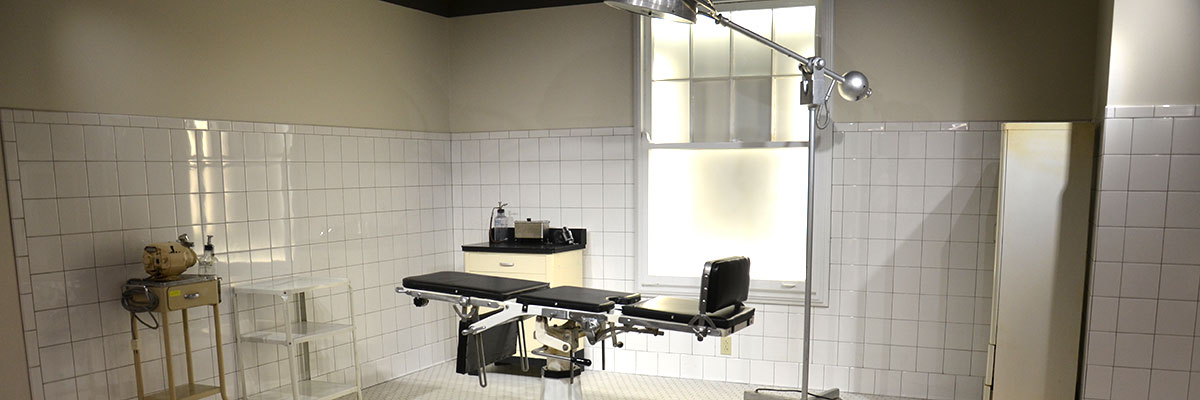
Shreveport’s yellow fever epidemic of 1873 was the area’s original public health crisis. Lasting from August 20 to November 10, 1873, the outbreak claimed at least 700 lives, with some estimates ranging to more than 1,000. Outbreaks of yellow fever were common in the south, but Shreveport’s epidemic was particularly deadly. More than half of the residents who stayed behind during the outbreak caught the virus. About 25 percent of those infected perished.
The Talbot’s collection contains original and reproduction personal effects of survivor’s, chronical records of first person accounts, haunting contemporaneous imagery, depictions of the medical remedies used to combat the fever and even the names of more than 700 victims on the outbreak’s office death list.
Daisy Murdoch
Description
Daisy Murdoch was one of what become known as the Angels of Shreveport during the yellow fever epidemic of 1873. She along with half a dozen other young women volunteered to nurse the sick and dying in the makeshift fever wards. Early in the epidemic, Murdoch contracted a slight case of the fever. Instead of fleeing like so many, she remained. The epidemic ended after two and a half months with the arrival of cold weather in mid-November. She and the other "Angels" were given gold medals by the Howard Association of Shreveport. The Howards as they were known was an regional organization in the South that specialized in providing aid and comfort to communities hit by yellow fever. Daisy would go on to help in another epidemic in 1878 in Memphis, Tennessee. She was later honored with another medal from the Howards of that city.Location in Museum
Yellow Jack! caseAge
circa 1870Donor
Murdoch's great-great nephew Haynes owns the original of the photo, but kindly provided the museum with a scan for our exhibiion


